Results 7,761 to 7,770 of 12096
Thread: Anandtech News
-
01-16-18, 11:10 AM #7761
Anandtech: ASUS at CES 2018: How To Remove Multi-Monitor Bezels, Safely
LAS VEGAS, NV –Do you ever buy more than one monitor, and then the brain adjusts such that instead of focusing on the next headshot you end up looking directly into a bezel? Or perhaps you bought two monitors, and have a post-it with crosshairs in the middle? Apparently ASUS has a solution for you – at least for specific monitors.
Introducing ASUS’ Bezel Free kit: the design is overtly simple – by using a flexible plastic bi-prism where two monitors meet, the screen will be distorted enough that a gamer brain will not be able to see the bezel. Normally bending light is very difficult, but ASUS solves the issue by not showing the bezel at all.
As an initial concept, this sounds great. Looking at the set of monitors with the kit applied and not applied did make a difference for sure, even if the 130-degree monitor angles were really tight compared to how most multi-gaming setups happen. When looking directly at the bi-prism, it is very obvious that it is there, but during normal game-play for peripheral vision, it did seem to make a difference. The bi-prism has rubber mounts at the top and the bottom, which fit with the depth of the monitor very easy for no fuss and no scratches.
ASUS stated that they will sell the kit as a pair, and it works initially with the ROG Swift PG258Q. If a user has happened to buy two or three of them, then this now becomes an optional accessory. ASUS said it the kit works on a couple of other similar sized ROG monitors, and they are looking at expanding the design to bigger monitors as well. While this doesn’t mean there will be a future universal kit for all monitors (even ASUS monitors) of the same size, it is something that we are likely to see other vendors offer in due course.
Related Reading- ASUS Unveils Three Strix Gaming Monitors: FreeSync & High Refresh Rates
- ASUS Unveils ProArt PQ22UC OLED Monitor: 4K, 99% DCI-P3
- ASUS CES 2018: Republic of Gamers Adds Strix SKT T1 Laptop, GL12 Case
More...
-
01-16-18, 12:29 PM #7762
Anandtech: ADATA at CES 2018: A 1U AIC Server for 5G Comms, with 36x 8TB M.3 Drives
LAS VEGAS, NV – I had no idea what an M.3 drive was until I visited ADATA at CES. Having lived through IDE, SATA, and now M.2, I had never put much thought into what the next physical storage implementation would be, but M.3 has a nice ring to it.
The M.3 drive on display was listed as IM3P33EI – an enterprise level component name for a 2TB drive using PCIe 3.0 x4, supporting NVMe 1.3, LDPC ECC, and RAID engines. One of the prominent features on the drive was for live hot swap with what is a PCIe drive, allowing the drive to be used in the 1U server. The drive was using a Silicon Motion SM2262G controller, and in the server designed by AIC there were 36 M.3 hot-swappable slots for a set. The information on the drive showed that it would be available up to 1920GB, however we were told that the form factor and server should be sufficient to take up to 8TB per M.3 module.
The server was described to us as a custom design specifically for Samsung by AIC for 5G communications, using two Intel Xeon Scalable processors, up to 12 memory slots per processor, dual redundant hard drives, and in order to be able to control 144 PCIe lanes for the storage drives, dual PCIe switches. It was unclear which model of PCIe switch was being used due to the heatsinks, however I would suspect that these were PLX9000 series (probably 9290 models) which are not cheap. We were told that a fully kitted out server would have a ‘list’ price (note, this is a product specifically for Samsung) of around $250,000. It is half-surprising that the drives are not Samsung, though.
So despite being in awe for a couple of minutes, my amazement at seeing an ‘M.3’ drive was short lived. It turns out that this drive is not actually called ‘M.3’ at all: Samsung initially tried to market this form factor, a competitor to Intel’s ‘ruler’ storage form factor, as M.3 but PCI-SIG was not having any of it. So despite what it said at ADATA’s suite at CES, AIC’s specification sheet described the drive as ‘NGSFF’.
Gallery: ADATA NGSFF





Related Reading- ADATA Unveils New XPG RGB DDR4 Kits
- ADATA Announces XPG Storm: A Cooler for M.2 SSDs with a 16500 RPM Fan
- ADATA Premier and XPG SDXC and microSDXC Cards Review
More...
-
01-16-18, 01:08 PM #7763
Anandtech: ASRock at CES 2018: Hands-On with the ASRock X399M Taichi
LAS VEGAS, NV – While smaller motherboards are fun to look at, and an engineering challenge, they still represent a small part of the market. The main benefit for a motherboard manufacturer to push out one of the smaller form factor motherboards is if they are the only ones (or one of the only ones) with a product in that segment. Thus ASRock is first to market with a micro-ATX motherboard for AMD’s Ryzen Threadripper processors. It is a big socket on a tiny motherboard.
We reported on ASRock announcing this board earlier during CES, but we met with ASRock at their suite and got some hands on. If there is one thing easy to spot on this motherboard, it is the socket – it does not leave a lot of room for anything else. Even though ASRock is known for its esoteric designs such as the X299-ITX/ac, ASRock categorically stated that with a socket this big, mini-ITX is impossible without some major compromises such as two DRAM slots.
For the X399M Taichi, it lives up to the Taichi name and comes well equipped with the basics without going overboard. The motherboard itself is fairly hefty, if only for the socket and heatsink arrangement, but ASRock feel they have had a good swing at the functionality. With 64 PCIe lanes from the processor to play with, it made sense to offer three x16 PCIe slots, even though in most cases only one or two would be used (or perhaps a GPU and two of those quad M.2 cards!) and still leave 16 PCIe lanes left over for other things. This gives a U.2 port, three M.2 slots, 802.11ac Wi-Fi, more USB 3.0 ports, USB 3.1, Purity Sound audio, and plenty of action besides.
The key differentiation features, aside from the size of the board, come in a number of areas. First, two of the M.2 slots are found on the top right hand side of the board. ASRock felt that users would prefer three M.2 drives in total and only four memory slots rather than one M.2 drive and eight memory slots. Another change is the secondary EPS 8-pin connector, which appears on the top right of the board in an odd location. ASRock felt it necessary on a board like this to also include eight SATA ports, making the X399M Taichi a potential catch all for any storage requirements. Ultimately the only thing missing here is 5GbE or 10GbE Ethernet from Aquantia, but instead ASRock uses dual Intel controllers instead. Not to be left out, there are some RGB LEDs on the board as well.
ASRock intends to ship the X399M Taichi sometime in Q1, with the price still to be determined.
Related Reading- Best Motherboards 2017
- The NZXT N7 Z370 Motherboard Review: A New Player
- An AMD Threadripper X399 Motherboard Overview
More...
-
01-16-18, 04:32 PM #7764
Anandtech: ZOTAC at CES 2018: AMD Raven Ridge APU in a ZBOX MA551 Mini-PC
LAS VEGAS, NV — ZOTAC is preparing a small form-factor PC based on an AMD’s Ryzen processor with integrated Vega graphics. The ZOTAC ZBOX MA551 will be among the first compact computers powered by AMD’s code-named ‘Raven Ridge’ chips, and the system design should allow it support all AM4 APUs as well as a comprehensive set of connectivity features.
ZOTAC’s ZBOX MA551 will exist in at least two variants equipped with AMD’s quad-core Ryzen 3 2200G and Ryzen 5 2400G APUs with the Radeon Vega integrated graphics. The chips are rated to dissipate a maximum of 65 W of power (based on AMD’s TDP data) and ZOTAC outfits the APUs with a cooling system that features a large copper heatsink and a blower. The cooler looks like a GPU cooler, so its peak performance likely exceeds 65 W and enables ZOTAC to install APUs with a higher TDP or for better boost. So far AMD has announced only two Raven Ridge SoCs for desktops, so if the company rolls-out APUs with higher power and cooling requirements, the MA551 will be ready to house them.
ZOTAC’s ZBOX MA551 comes in a matte black metallic enclosure, with the internal architecture the mini-PC looking very simple, allowing the user to easily install key components as well as potentially upgrade them. The mini-PC can be equipped with up to 32 GB of DDR4-2400 memory using two SO-DIMMs, an M.2-2280 PCIe/SATA SSD, and a separate 2.5” storage device.
When it comes to connectivity, the ZBOX MA551 is outfitted with an 802.11ac + Bluetooth 4.2 module, a gigabit Ethernet connector, four USB 3.0 Type-A headers, a USB Type-C port, three display outputs (two DisplayPort 1.2, one HDMI 2.0) and an SD/microSD card reader.
ZOTAC plans to start selling its Raven Ridge-based ZBOX MA551 sometimes in the second quarter, after AMD makes such processors widely available. Pricing is yet unknown.Preliminary Specifications of ZOTAC's Ryzen APU-Based SFF PC MA551 CPU AMD Ryzen 3 2200G
4C/4T
3.5 - 3.7 GHz
6 MB cache
65 W TDPAMD Ryzen 5 2400G
4C/8T
3.6 - 3.9 GHz
6 MB cache
65 W TDPiGPU Radeon Vega
8 CUs
512 SPs
Up to 1100 MHzRadeon Vega
11 CUs
704 SPs
Up to 1250 MHzMemory 2 × DDR4-2400 SO-DIMM slots
up to 32 GB of memoryStorage M.2 M.2 2280 slot for PCIe/SATA SSD- DFF 1 × 2.5" SSD/HDD Card Reader SD/microSD Wireless 802.11ac Wi-Fi + BT 4.2 Ethernet 1 × Gigabit Ethernet with RJ45 connector Display Outputs 1 × DisplayPort 1.2
2 × HDMI 2.0Audio 3.5 mm audio-in
3.5 mm audio-outUSB 4×USB 3.0 Type-A
1×USB 3.? Type-CPSU External OS Microsoft Windows 10 or none
Related Reading- Acer Unveils Nitro 5: 15.6-inch Gaming Laptop with AMD Ryzen Mobile & Radeon RX560
- More Ryzen Mobile: Acer Swift 3 with 2700U and 2500U Listed, From $750
- ASUS Launches ROG Strix GL702ZC: 17.3-inch, Eight-Core AMD Ryzen 7, Radeon RX580
- Ryzen Mobile Now On Sale: HP’s ENVY X360
- Ryzen Mobile is Launched: AMD APUs for Laptops, with Vega and Updated Zen
More...
-
01-17-18, 06:53 AM #7765
Anandtech: Meizu Announces M6s with Exynos 7872
Today Meizu launched the new M6s, successor to last year’s M5s. The new M6s brings significant upgrades for the entry-level smartphone as it upgrades the SoC, screen and camera.
The M6s is among one of the first smartphones in its price category to include a SoC with an ARM big core. The Exynos 5 (Mid-range series) 7872 is Samsung’s first SoC below the high-end to adopt Cortex A73 cores alongside the usual A53 cores. The new 2x A73 4x A53 configuration runs at respectively 2.0 and 1.6GHz, resulting in expected performance far ahead of the M5s’ MT6753 which only had A53 cores up to 1.3GHz. The GPU is a new Mali G71MP1 running up to a very high 1.2GHz, likely to compensate for the fact that it only has a single core. The SoC is also manufactured on a 14nm process so we should expect overall large efficiency and battery life gains.
This is also the first time we’ve seen an Exynos SoC released with integrated CDMA capability, confirming the rumours that SLSI is finally transitioning towards a world-modem and properly competing against other SoC vendors in CDMA markets such as China and the US. The SoC is also a fully integrated connectivity platform as it also integrates WiFi up to 802.11n, Bluetooth 5 and FM radio without having to rely on external combo-chips.Technical Specifications Meizu M6s Meizu M5s SoC Exynos 5 7872
4x Cortex A53 @ 1.6GHz
2x Cortex A73 @ 2.0GHz
Mali G71MP1 @ 1.2GHz
14nmMediaTek MT6753
4x Cortex-A53 @ 1.0GHz
4x Cortex-A53 @ 1.3GHz
Mali-T720MP2 @ 546MHz
28nmRAM 3GB LPDDR3 3GB LPDDR3 NAND 32 / 64GB (eMMC 5.1)+ microSD16GB / 32GB (eMMC 5.1)
+ microSDDisplay 5.7-inch 1440 x 720
IPS LCD (18:9)5.2-inch 1280 x 720
IPS LCDDimensions 148.2 x 72.8 x 8.3 mm (TBC)143 grams (TBC)148.2 x 72.5 x 8.4 mm
143 gramsModem Exynos (Integrated)
2G / 3G / 4G LTE (Category 7)
FDD-LTE / TD-LTE / TD-SCDMA / WCDMA / CDMA / GSMMediaTek (Integrated)
2G / 3G / 4G LTE (Category 4)
FDD-LTE / TD-LTE / TD-SCDMA / WCDMA / CDMA / GSMSIM Size 2x NanoSIM (dual standby) 2x NanoSIM (dual standby) Front Camera 8MP 5MP, f/2.0 Rear Camera 16MP Samsung,
f/2.0
dual-tone LED flash13MP, 1/3.06" OmniVision OV13853, 1.12µm pixels, f/2.2, PDAF,
dual-tone LED flashBattery 3070 mAh 3000mAh Connectivity 802.11b/g/n, BT 5.0,
GPS/GNSS, BeiDou, Galileo
microUSB 2.0802.11b/g/n, BT 4.0 LE,
GPS/GNSS,
microUSB 2.0Launch OS Meizu Flyme OS 6
Android 7.0Meizu Flyme OS 5.1
Android 5.1Launch Price
(No Contract)¥999 /¥1199 RMB
$155 / $189 USD
127€ / 152€ EUR¥799 / ¥999 RMB$120 / $150 USD
101€ / 127€ EUR
The M6’s screen keeps the rather low-end 720p resolution of the M5s but transitions to a 18:9 aspect ratio, thus increasing the vertical resolution to 1440 pixels.
The cameras have seen an upgrade as the main shooter now includes a higher resolution 16MP Samsung sensor with an f/2.0 lens system as well as an unspecified 8MP front camera.
The transition to a edge-to-edge display and removal of the front-facing physical home button in the M6s has obliged Meizu to move the fingerprint sensor to the side of the device near the power button. To replace the lack of the multi-function home button that Meizu devices usually ship with, Meizu has reintroduced a software Halo button for navigation which is also pressure sensitive on the screen.
The M6s comes in black, blue, gold and silver in 32 and 64GB variants for respectively ¥999 / ¥1199 RMB or equivalent $155 / $189 USD, making the phone a very attractive proposition and value for money.
More...
-
01-17-18, 07:57 AM #7766
Anandtech: The ASUS NovaGo: Two Minutes with Snapdragon 835 and Windows
LAS VEGAS, NV – Late last year, at Qualcomm’s Snapdragon Tech Event in Hawaii, we had the formal introduction of the first devices that were using the new Windows on Snapdragon platform and Qualcomm’s dream of bringing mobile technology to laptops to provide ‘Always Connected PCs’, connected through an LTE data connection. Qualcomm sells the upsides of this technology of providing laptops with 20hrs+ of battery life through using a smartphone processor, and through working with Microsoft, have a full version of proper Windows based on the system. The devices use native apps for best performance through the Windows Store, however 32-bit apps are machine translated into instructions that the Snapdragon SoC can process. It’s a lot of technology in a tiny device, and Qualcomm would seem to be the first CPU manufacturer to actually pull off x86 translation for the consumer market.
All of that aside, one of the first devices that should enter the market is the ASUS NovaGo. This is a 13-inch premium laptop/360-degree 2-in-1 design that has features such as Windows Hello and a fingerprint sensor built in while maintaining ASUS’ laptop quality and claiming up to 22 hours of battery life. We have wanted to get our hands on one for a while, and I managed to get a couple of minutes at the show with one at the ASUS suite.
Truth be told, the main fear that we have had with these devices is responsiveness. Smartphones on Android can be fast, with but something much bigger like Windows, it was not always on the cards that we would get the same level of responsiveness as, say, a Y-series Intel design. Back when we saw a super-early demo behind closed doors at IFA, it wasn’t the fastest, but on the NovaGo at least, everything seemed in order. Basic applications were quick and easy to open, and no visible lag from my untrained eye. Using the native compiled version of Edge, the best website in the world loaded as it normally does, and I was able to navigate the device as I would do normally with an Intel based laptop. Being familiar with ASUS’ device design, there were no surprises in the feel of the keyboard and touchpad either. Port support extends to a 3.5mm jack, a HDMI port, and two USB 3.0 ports.
A quick look through the system settings showed eight Snapdragon 835 cores, the Adreno graphics, and a PCIe based SSD for storage if I remember correctly. With it being connected to the internet, I tried downloading CPU-Z, even in 32-bit, but it required me adding it through the Store page to get it to work. Alas, the Wi-Fi at the Las Vegas Encore was not giving me any favors with the Windows Store so I was unable to go down that route, so at some point I obviously want to see the effects of x86 translation.
We were told by Qualcomm at the event a number of interesting things about the design of the platform, and how it has changed since we last met with them. Windows scheduler is configured to deal with cores of different level of performance, and it knows what programs are where and how to deal with them for performance and power, much like a good Android based scheduler. This was one of our worries, but we were categorically told that any internal worries they ever had are now fixed and it should run like a well-oiled machine.
In gaming, Qualcomm stated that with the modern APIs, the Adreno GPU is natively compiled and doesn’t need translation. As a result, due to the way that Adreno works, for some titles it ends up being more computationally efficient over other solutions and causes less work on the CPU, allowing for more of the power budget on the GPU and an overall better frame rate. Obviously we want to get a hold of the device and test the claim, but if offers an interesting prospect.
As for the NovaGo, with the addition of LTE and if it stands up to the battery life claims, it could be a neat little device depending on the price. ASUS said they expect it to launch sometime during Q2.
Related Reading- ASUS Announces the NovaGo (TP370): A Snapdragon 835 based Windows 10 PC
- Lenovo Unveils Miix 630 2-in-1: Windows 10 S, Snapdragon 835, Gigabit LTE
- Qualcomm Announces First OEMs for Windows 10 on Snapdragon 835
More...
-
01-17-18, 10:21 AM #7767
Anandtech: ZOTAC at CES 2018: Workstation Mini-PCs with NVIDIA Quadro
LAS VEGAS, NV — ZOTAC’s new lineup of workstations consists of three systems based on Intel’s quad-core Core i5-7500T processor and one of three GPUs: the NVIDIA Quadro P1000 with 4 GB of GDDR5, the NVIDIA Quadro P3000 with 6 GB of GDDR5, and the NVIDIA P5000 with 16 GB of GDDR5. These are professional-level graphics solutions, which ZOTAC has used in the MXM module form-factor. All three machines use a different chassis, depending on performance, expandability and power draw. The ZOTAC ZBOX P1000 workstation is the smallest one, whereas the ZBOX P5000 is the largest and the most powerful one.
All three workstations from ZOTAC share the same concept: they are fully-integrated SFF PCs that support all modern connectivity technologies, including gigabit Ethernet, 802.11ac Wi-Fi, USB 3.0 Type-A, USB 3.0 Type-C, SD/microSD, DisplayPort 1.2, HDMI 2.0 and others. The goal is that these systems can be quickly deployed without significant customization. All the systems support up to 32 GB of DDR4-2400 memory (two SO-DIMMs), feature one M.2-2280 PCIe/SATA slot for SSDs, and one 2.5” bay for another storage device.
The demonstration of ZBOX workstations with NVIDIA Quadro GPUs at CES shows that ZOTAC is interested in offering professional-grade systems. The PCs demonstrated at CES 2018 were based on Intel’s quad-core Core i5-7500T processor, which comes across as a rather unorthodox choice for a workstation, but is an understandable one given the fact that ZOTAC specializes on gaming and SFF PCs and simply has the said chips (and supporting PCH) in stock. If demand for ZOTAC-made workstations is high enough, the company might develop Xeon-based machines at some point in the future. It is noteworthy, however, that a 2018 workstation does not support Thunderbolt 3. Workstation workloads need storage space and ZOTAC’s workstations can hardly offer a lot of it (a M.2 SSD and a 2.5”/7-mm HDD will give 4 TB in total).Preliminary Specifications of ZOTAC's Workstations ZBOX Mini PCs
with NVIDIA Quadro P-Series GPUsCPU Intel Core i5-7500T
4C/8T
2.7 GHz - 3.3 GHz
6 MB
35 WGPU Quadro P1000
640 CUDA Cores
4 GB GDDR5Quadro P3000
1280 CUDA Cores
6 GB GDDR5
192-bit
75 WQuadro P5000
2048 CUDA Cores
16 GB GDDR5
256-bit
100 WMemory 2 × DDR4 SO-DIMM slots, up to 32 GB of memory Storage M.2 M.2 2280 slot for PCIe/SATA SSD DFF 1 × 2.5" SSD/HDD Card Reader SD/microSD Wireless 802.11ac Wi-Fi + BT 4.2 Ethernet 1 × Gigabit Ethernet with RJ45 connector Display Outputs ? × DisplayPort 1.2
? × HDMI 2.02 × DisplayPort 1.2
2 × HDMI 2.0Audio 3.5 mm audio-in
3.5 mm audio-outUSB USB 3.0 Type-A
USB 3.? Type-CPSU External OS Microsoft Windows 10 or none
Another interesting takeaway from ZOTAC’s workstation announcement is NVIDIA’s Quadro P1000 graphics solution in MXM form-factor. Professional MXM solutions are manufactured and sold only by NVIDIA itself, so the module is not a custom-made card by ZOTAC. The Quadro P1000 product is not listed among other professional GPUs for laptops that NVIDIA offers.
ZOTAC plans to start selling its workstations in Q2 2018. Pricing will depend on multiple factors, including purchase volumes.
Related Reading- ZOTAC Launches MEK1 Upgradeable PCs: Up to Core i7-7700, GeForce GTX 1070 Ti, RGB LEDs
- ZOTAC ZBOX MAGNUS EN1080K Compact Gaming PC Review
- ZOTAC MAGNUS EN980 Detailed - A SFF VR-Ready PC with GeForce GTX 980
- ZOTAC ZBOX MAGNUS EN1080 SFF PC Review: A Premium Gaming Powerhouse
More...
-
01-17-18, 01:28 PM #7768
Anandtech: ZOTAC at CES 2018: Gemini Lake 'Credit Card' Pico PCs
LAS VEGAS, NV — Last year Intel introduced its Compute Card initiative, aimed mostly at manufacturers of specialized PCs and smart devices that benefit from high integration, easy installation, and a standardized dimension or interface. This has, apparently, given makers of consumer computers an opportunity in ultra-small desktop PCs. This year at CES, ZOTAC has demonstrated its new-generation ultra-small ZBOX Pico PCs that looks like a pile of credit cards, but still offers a rather decent feature-set and connectivity. The first is the PI226, which is very small, and in addition there is a larger ZBOX Pico PI336 with enhanced connectivity.
ZBOX Pico PI226: A Credit Card-Sized Desktop
ZOTAC’s ZBOX Pico PI226 is based on Intel’s Celeron N4000 SoC, which has two cores and the UHD 600 graphics engine, but is also the most 'affordable' mobile Gemini Lake chip that Intel lists for $107. Because of the new SoC, the ZBOX Pico PI226 offers a bit higher general-purpose performance as well as improved media processing capabilities when compared to its predecessor the ZBOX Pico PI225 launched last year. Just like its predecessor, the ZBOX Pico PI226 comes in black metallic chassis and does not require any active cooling. The listed TDP of the Celeron N4000 SoC is just 6.5 W, but nevertheless how ZOTAC has postitioned the TDP means that this amount of heat can be dissipated by convection alone in this chassis.
The credit card-sized computer is equipped with 4 GB of LPDDR4 memory, 32 GB eMMC storage and a microSD card reader to expand storage capabilities. Wireless connectivity of the tiny PC includes a 802.11ac Wi-Fi + Bluetooth 4.2 wireless module, whereas wired connectivity is comprised of two USB 3.0 Type-C ports and a micro-USB power header. ZOTAC plans to bundle a USB-C dongle with an HDMI and two USB Type-A ports with the Pico PI226, just like it does with its current-generation ZBOX Pico PI225.
ZBOX Pico PI336: A Palm-Sized Desktop
ZOTAC’s ZBOX Pico PI336 is considerably larger than the Pico PI226, but is still unbelievably small for a desktop computer. This one is based on the quad-core Celeron N4100 with the UHD 600 iGPU and thus offers higher performance in multi-threaded applications when compared to the PI226. It has the same RAM/storage configuration, with 4 GB of LPDDR4 memory, 32 GB of eMMC NAND flash and a microSD card reader.
Where the ZBOX Pico PI336 clearly excels the Pico PI226 is connectivity. In addition to 802.11ac Wi-Fi, Bluetooth 4.2, a USB 3.0 Type-C port, this one is equipped with a GbE connector, two USB 3.0 Type-A headers, an HDMI 2.0 output, a DisplayPort 1.2 as well as a 3.5-mm TRRS audio jack.
ZOTAC plans to start selling the new ZBOX Pico PI226 and PI336 sometimes in the second quarter. Pricing has not been announced, but since Intel did not change pricing of its SoCs since the Apollo Lake generation, it makes sense to expect pricing of the Pico PI226 to be in the same ballpark with that of the Pico PI225. The latter hit the market in November and is available for less than $200. ZOTAC’s ZBOX Pico PI3-series PCs also cost around $200, so expect the new Pico PI336 to retail for a similar amount of money.Preliminary Specifications of ZOTAC's Gemini Lake Mini PCs ZBOX Pico PI226 ZBOX Pico PI336 CPU Intel Celeron N4000
2 Cores
1.1 GHz - 2.6 GHz
4 MB
6.5 W TDPIntel Celeron N4100
4 Cores
1.1 - 2.4 GHz
4 MB
6.5 W TDPiGPU UHD 600, 12 EUs at 650 MHz UHD 600, 12 EUs at 700 MHz Memory 4 GB LPDDR4 Storage eMMC 32 GB Other - microSD/SD Wireless 802.11ac Wi-Fi + BT 4.2 Ethernet - 1 × Gigabit Ethernet with RJ45 connector Display Outputs HDMI 1.4 via USB-C 1 × DisplayPort 1.2
1 × HDMI 2.0Audio via USB-C/HDMI/DP 1 × TRRS connector USB 2 × USB 3.1 Type-C with DP 1.2
2 × USB 3.0 Type-A on dongle1 × USB 3.1 Type-C
2 × USB 3.0 Type-APSU External OS Microsoft Windows 10 or none
Related Reading- Intel Compute Card: A Universal Compute Form-Factor for Different Kinds of Devices
- Intel's Credit-Card Sized Compute Card Detailed, Shipping in August
More...
-
01-17-18, 01:28 PM #7769
Anandtech: Kingston at CES 2018: Nucleum, a Portable 7-in-1 USB-C Dock for Notebooks
LAS VEGAS, NV — Notebook manufacturers, Apple in particular, were heavily criticized in 2016/2017 for introducing notebooks that feature only USB Type-C connectors. For end-users, such a transition meant making an additional investment into new peripherals, or docks. However, for hardware manufacturers, the transition to USB-C opens up new opportunities. At CES, Kingston demonstrated its first USB Type-C dock that supports seven ports as well as power pass-through.
The Kingston Nucleum is a rather compact sleek device made of aluminum and plastic to match design of Apple’s MacBook/MacBook Pro and other silver/metallic consumer laptops with USB Type-C ports. The dock has two USB 3.0 Type-A ports (one supports charging), one USB Type-C header, an HDMI 1.4 display output (max resolution is 3840×2160 at 30 Hz), an SD card reader, a microSD card reader as well as a USB Type-C power input.
The Nucleum supports power delivery pass through of up to 60 W, which is enough to power and charge a 13” laptop (such as a modern MacBook Pro). Larger and more power-hungry machines demand more power and their charging will take longer time using the dock from Kingston.
Kingston’s Nucleum USB-C dock is already available at Amazon.com for $79.99. In the coming months Kingston will expand availability of the device to markets outside the U.S.Kingston's Nucleum 7-in-1 USB-C Dock C-HUBC1-SR-EN Main Connection USB 3.0 Type-C at 5 Gbps with power delivery Display Outputs HDMI 1.4 (max resolution is 3840×2160 at 30 Hz) USB 1 × USB 3.0 Type-A (5V 1500mA)
1 × USB 3.0 Type-A
1 × USB 3.0 Type- CPower Input up to 60 W Dimensions 127 × 45 × 14.2 mm
5 × 1.77 × 0.56 inchesWeight 142 grams
5 ounces
Buy Kingston Nucleum on Amazon.com
Related Reading- AUKEY’s CB-C55 USB-C Hub Now on Sale: Macbook Port Expander with Power and Ethernet
- Lenovo’s New ThinkPad Laptops Get Universal USB-C Power Adapters
- Lenovo Reveals New TB3 Powered Graphics Dock at CES 2018: GTX 1050, 90 Hz WMR
- OWC Launches 13-Port Thunderbolt 3 Dock: GbE, USB-A, SD Card, mDP, FireWire & More
- Promise Launches TD-300 9-in-1 Thunderbolt 3 Dock: GbE, HDMI, USB 3.0, TB3 Charging & More
- Plextor Launches EX1 USB-C External SSD: Up to 550 MBps, 512 GB and LDPC
More...
-
01-17-18, 03:43 PM #7770
Anandtech: Huawei Pushes G.hn Powerline Networking with the WiFi Q2 Whole-Home Wi-Fi
Mesh networking / whole-home Wi-Fi systems have seen rapid growth over the last couple of years. Almost all vendors in the consumer networking space have one or more offerings in that hot segment. At CES 2018, Huawei threw its hat into the ring with the WiFi Q2 Whole-Home Wi-Fi Solution. Huawei is no stranger to consumer networking equipment, but, their presence in the North American market is minimal.
In 2016, Huawei had introduced the Q1 single-band router with a bundled powerline-based Wi-Fi extender. It utilized HomePlug AV (200 Mbps) as the backhaul. With the WiFi Q2, Huawei is going in for a major overhaul in both the internals as well as the industrial design. The new device looks more like the Netgear Orbi kits, but, the similarities end there. Unlike other vendors who use very similar hardware for both the base / main router and the satellites, Huawei uses completely different platforms for the two. Like most of the mesh kits targeting the low-end and mid-range market, there is no dedicated wireless backhaul channel. Instead, the kit uses powerline and Wi-Fi for the base-satellite communication.
The main router is a 2x2 802.11ac + 1 Gbps G.hn PLC kit, using the Realtek RTL8197FS for the 2.4 GHz radio, and the Realtek RTL8812B for the 5 GHz radio. The G.hn chipset is Hisilicon Hi5630. This marks a departure from HomePlug AV to G.hn for the powerline communication (PLC) aspect in terms of the upgrade from Q1 to Q2.
The satellite, on the other hand, is a pure HiSilicon solution, with a HiSilicon Hi1151 to handle both 2x2 2.4 GHz and 5 GHz radio duties. The G.hn chipset from the main router is retained.
The WiFi Q2 comes in two flavors - a base and a number of satellites, or, multiple base stations (main routers). In a configuration with a base and a satellite, the backhaul is a dedicated PLC, but, a configuration with two main routers could use both PLC and the 5 GHz (867 Mbps) channel. The 5 GHz channel could be shared with clients. The system does support load balancing and can change automatically according to the connection quality of the PLC and mesh Wi-Fi. The 3-base package supports Ethernet backhaul.
From the perspective of networking industry observers, the key update here is the shift from HomePlug to G.hn for the PLC segment. The HomePlug Powerline Alliance has stopped working on updates to the standard - there are going to be no new chipsets to improve performance and cater to the upcoming consumer / service provider requirements. On the other hand, G.hn, still has legs to go (theoretically) beyond what the best HomePlug chipsets can offer. Even though we didn't hear of any new G.hn silicon at CES 2018, there has been talk of chipsets with 2 Gbps theoretical throughputs being trialed by service providers. HiSilicon's Hi5630 is still a 1 Gbps G.hn chipset similar to the Marvell 88LX3142 / 88LX2718 used in the Arris RipCurrent products. The status of various suppliers in the G.hn market is pretty interesting - DS2 was purchased by Marvell, which has now sold the division off to MaxLinear. Copper-Gate's fate is unknown, after having been purchased by Sigma Designs, which is currently in the middle of divesting its non-Z-Wave assets after being purchased by Silicon Labs. In this context, Huawei's decision to source the PLC chipset from its subsidiary, HiSilicon, is a strategic one.
Huawei compared the performance of HiSilicon's Hi5630 with the HomePlug AV products that they were shipping. They saw some obvious advantages (similar to what we saw in our coverage of HomePlug AV vs. G.hn). Given that HomePlug AV2 is essentially a dead-end because of the absence of any roadmap from HomePlug silicon vendors, it was a no-brainer for Huawei to go with G.hn. Huawei's tests showed that G.hn's wider frequency brand, higher speed, stronger anti-interference, and lower delay made the decision much easier.
At this juncture, it is clear that G.hn will be the technology of choice for PLC backhaul purposes in whole-home networking systems. However, the absence of support from high-profile vendors such as Qualcomm and Broadcom is an issue that might make other consumer networking equipment vendors avoid PLC backhaul altogether.
Coming back to the WiFi Q2, it is clear that the system is targeting the low-end to mid-range market segment, currently served by the likes of Google WiFi. That said, the product stands out from the crowd, thanks to its PLC backhaul. Pricing and other launch information for the Huawei WiFi Q2 is not available yet.
More...
Thread Information
Users Browsing this Thread
There are currently 7 users browsing this thread. (0 members and 7 guests)




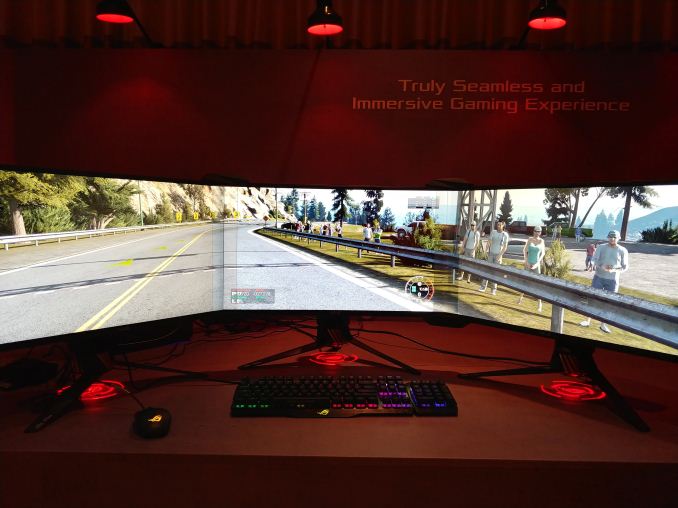
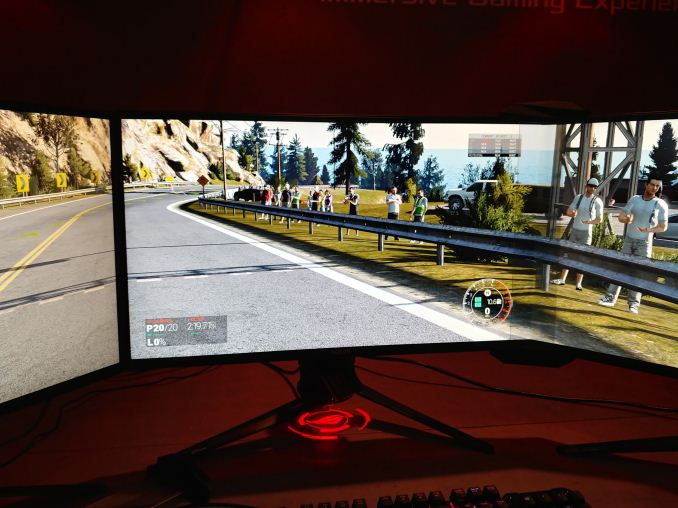


 Quote
Quote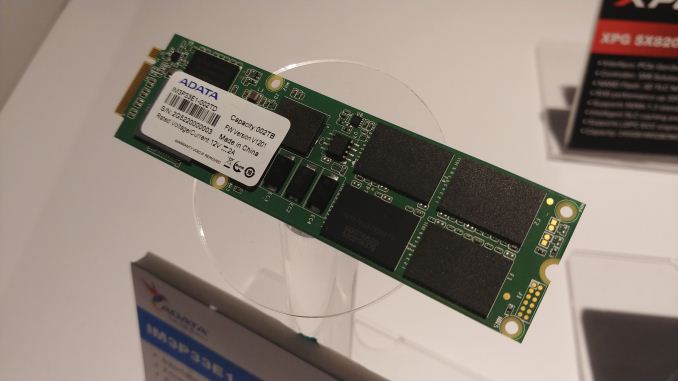
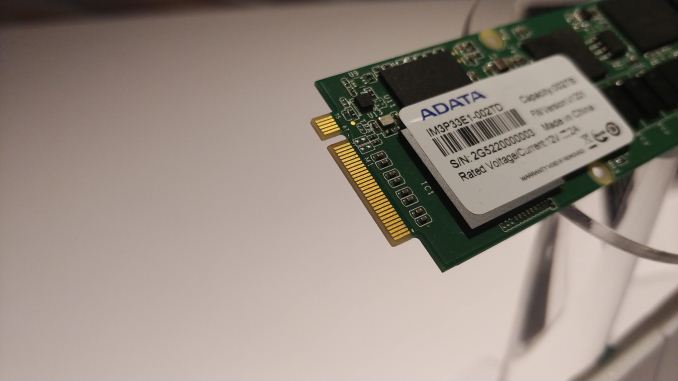

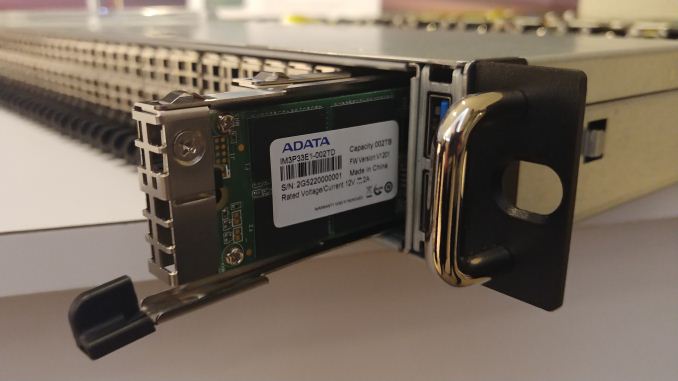
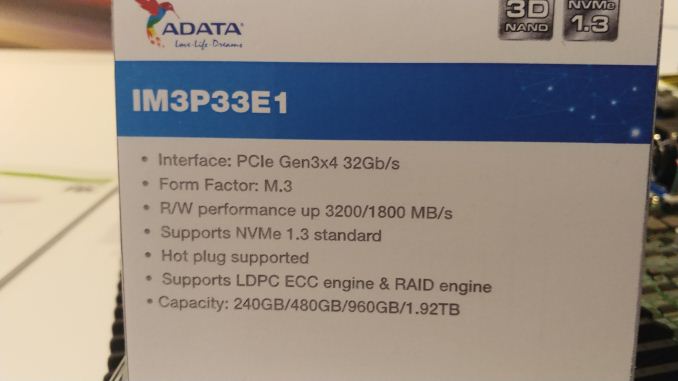
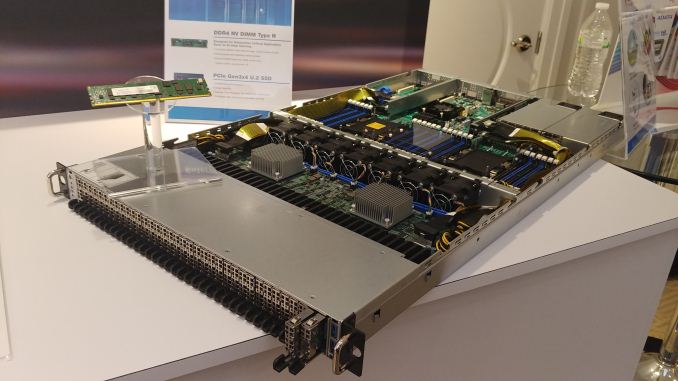
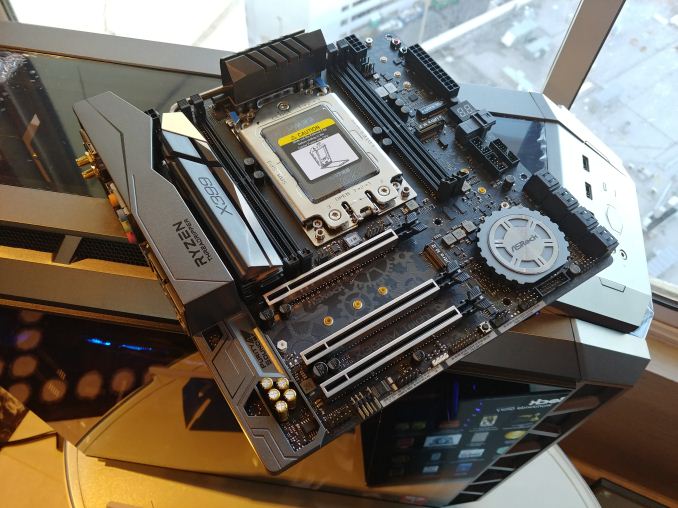
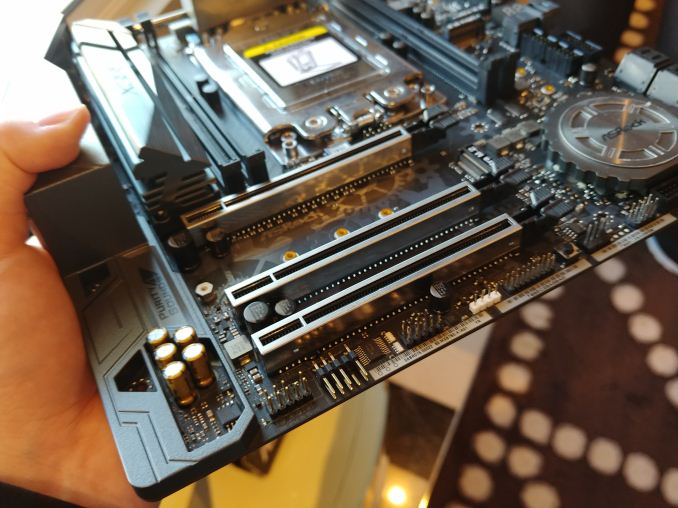
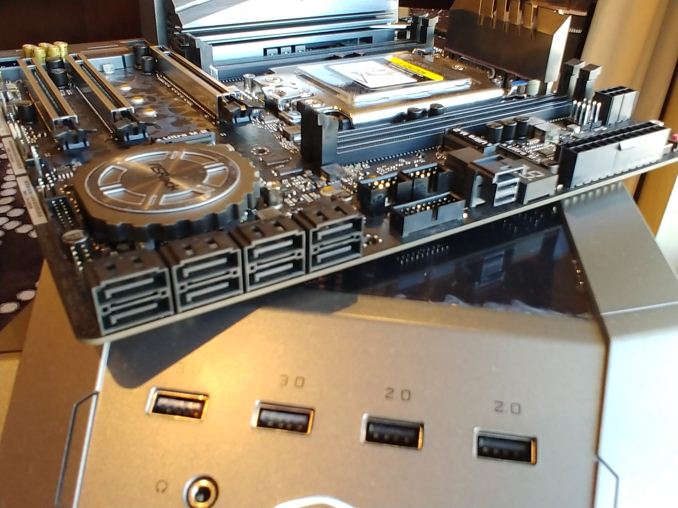
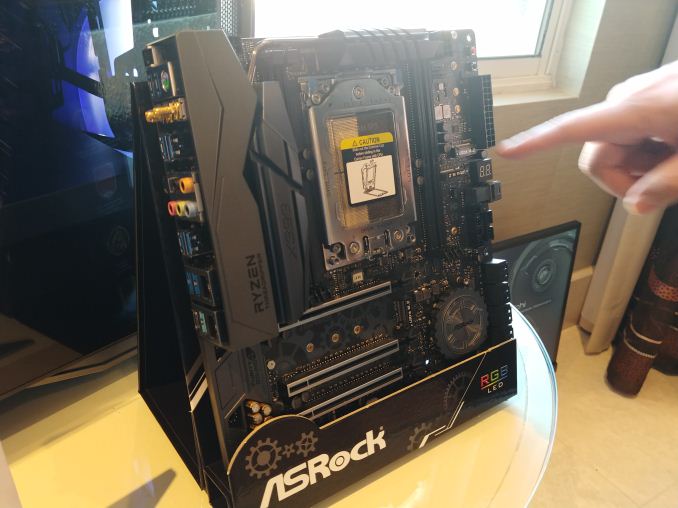
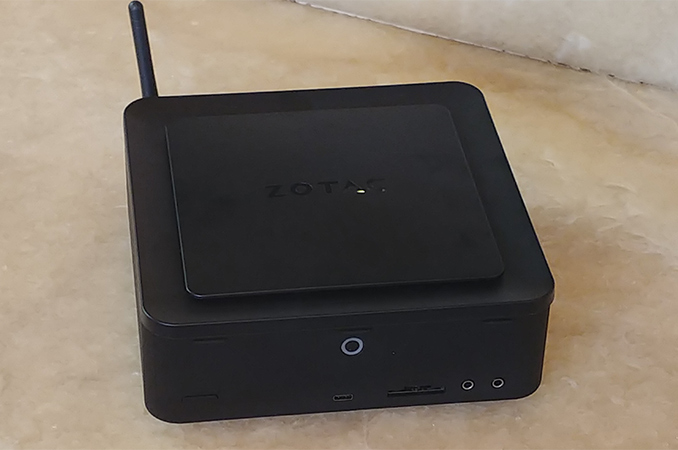
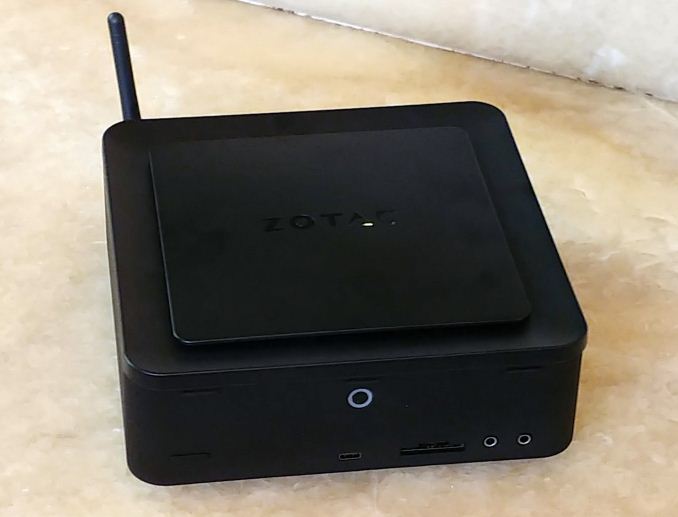
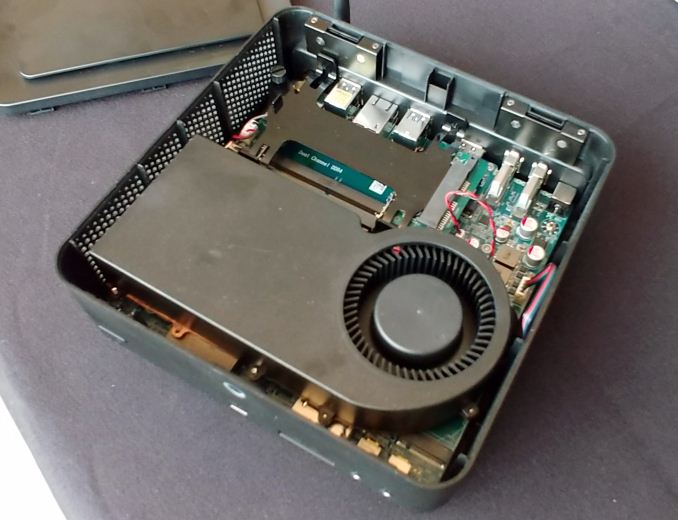
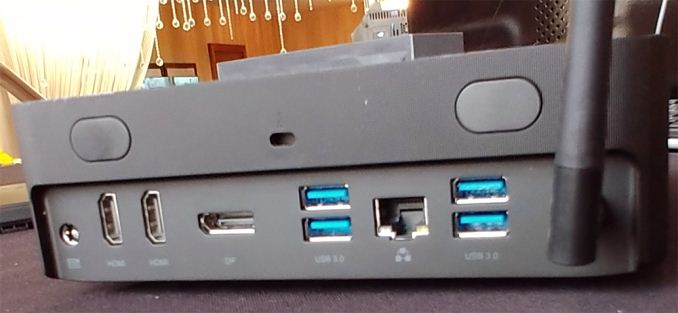



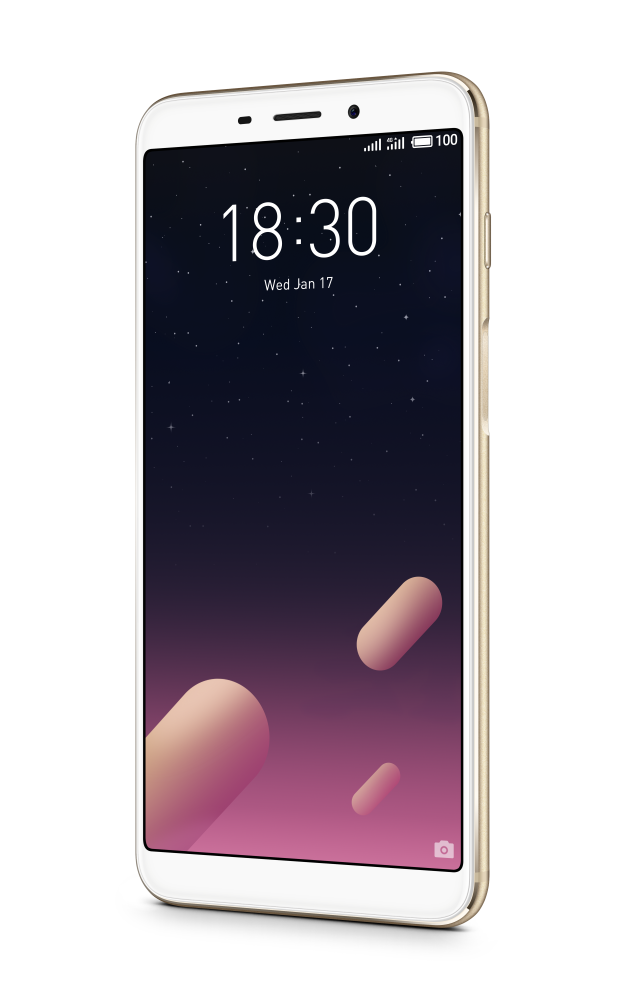
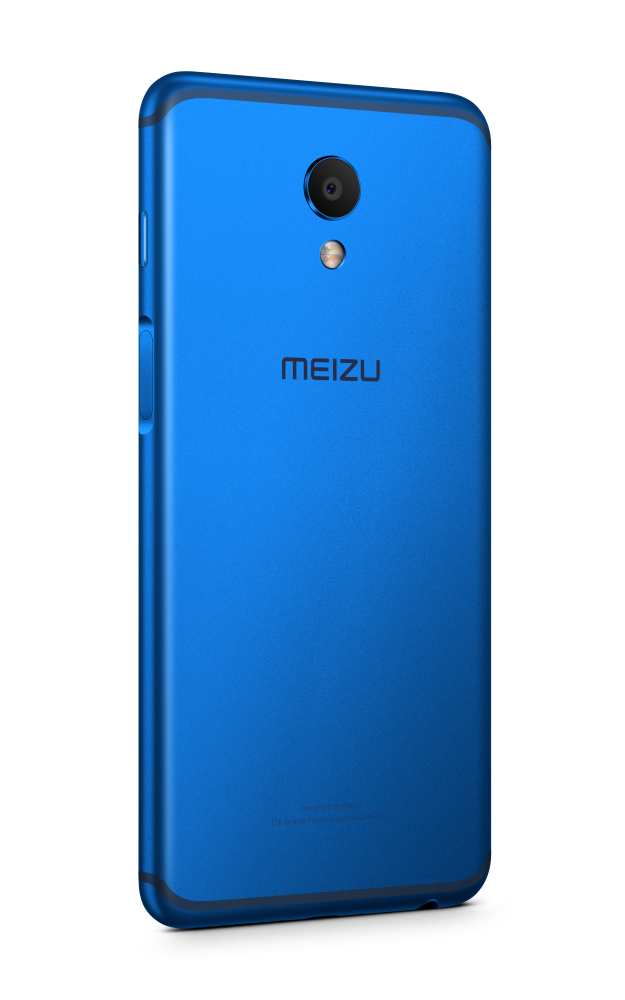

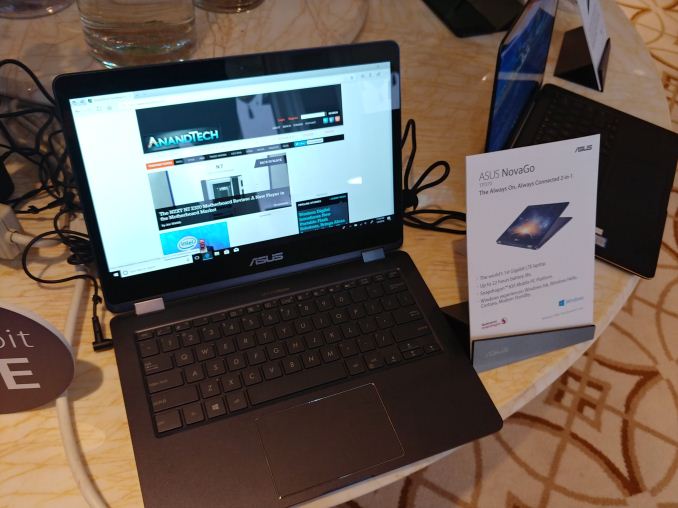
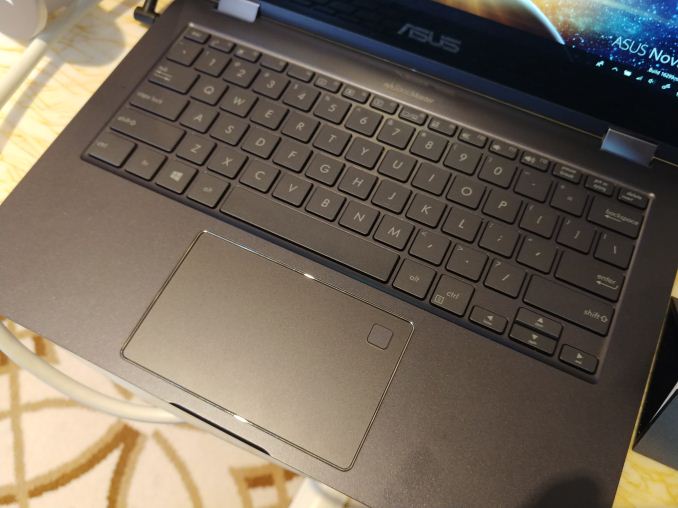


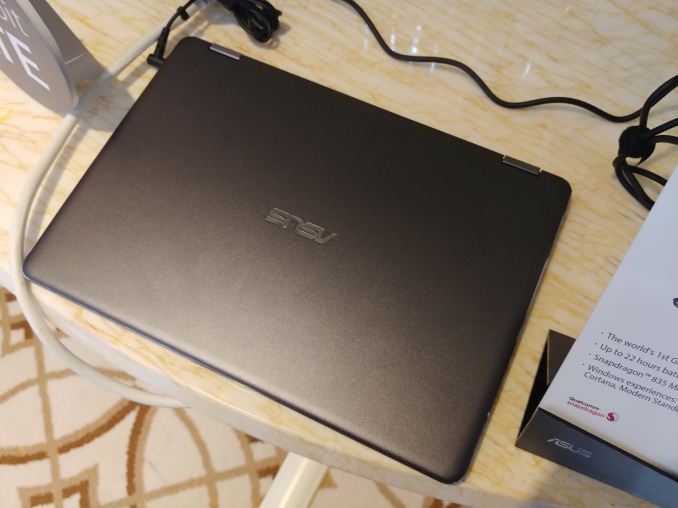
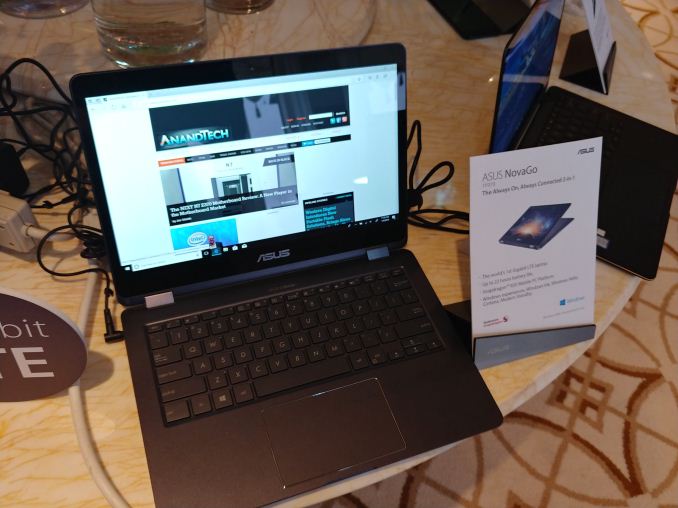
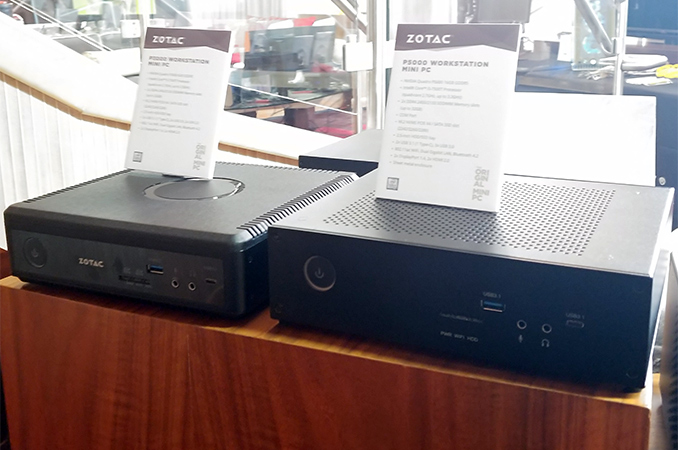
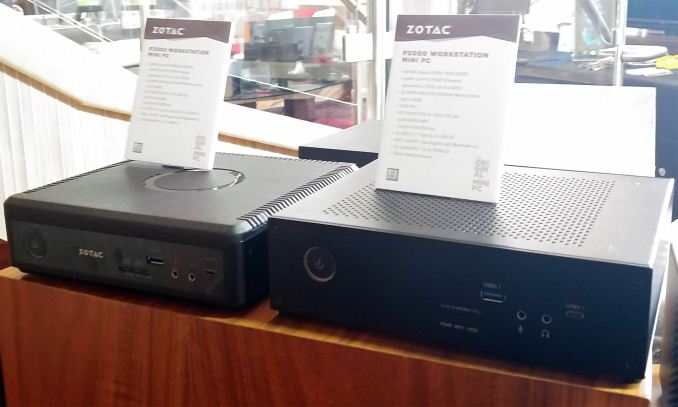

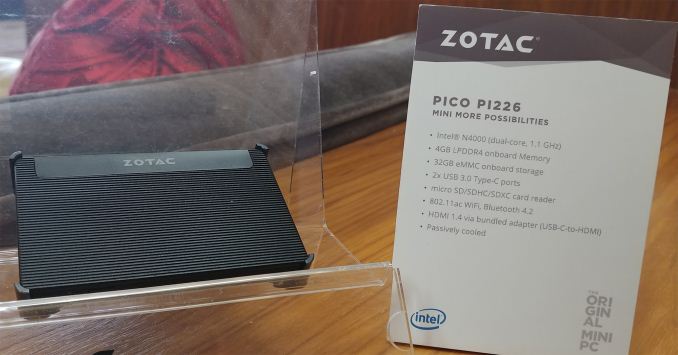
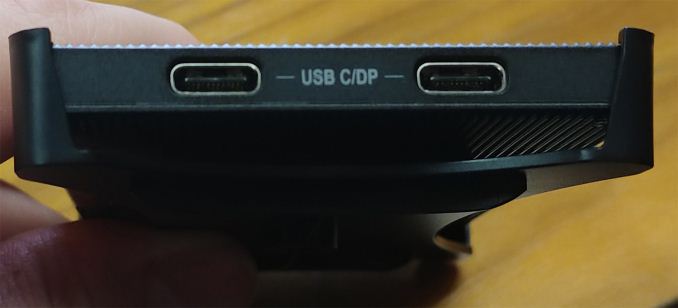
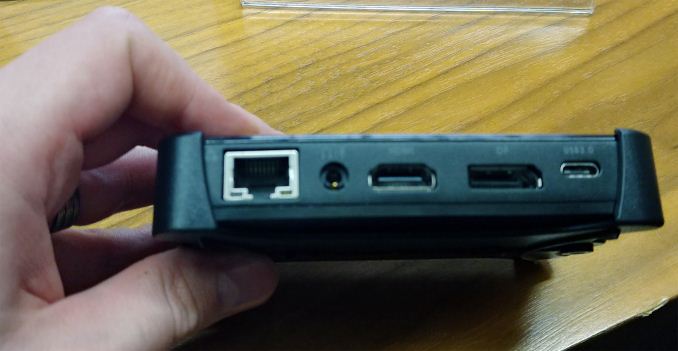
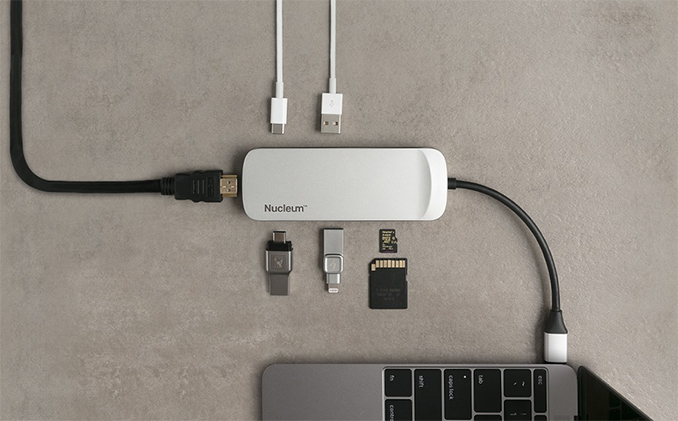

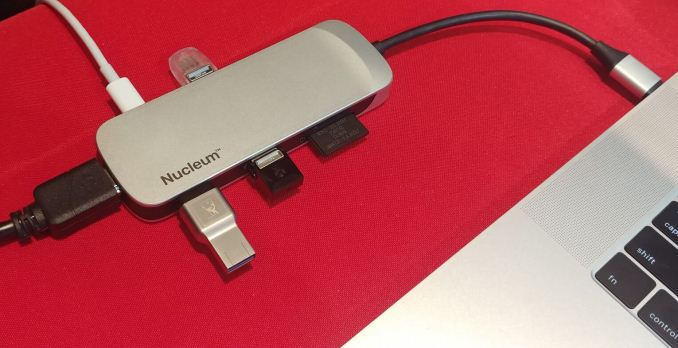
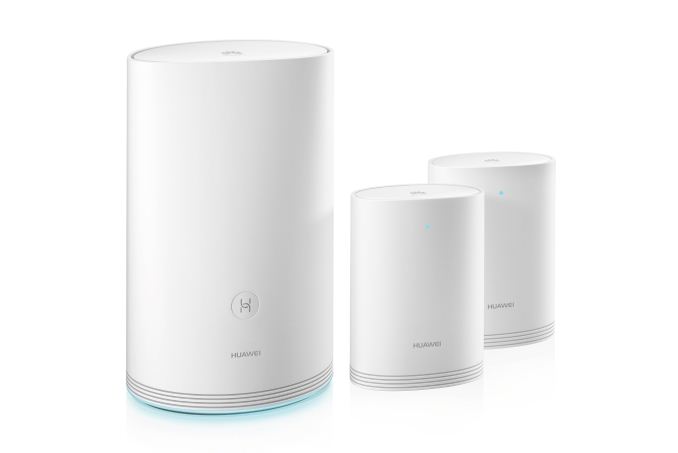
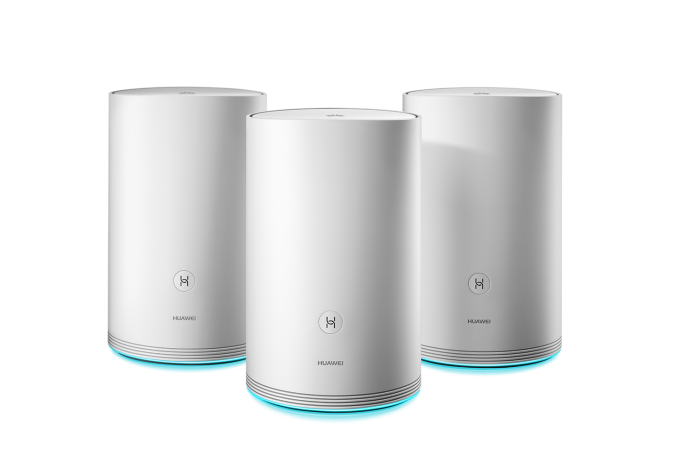
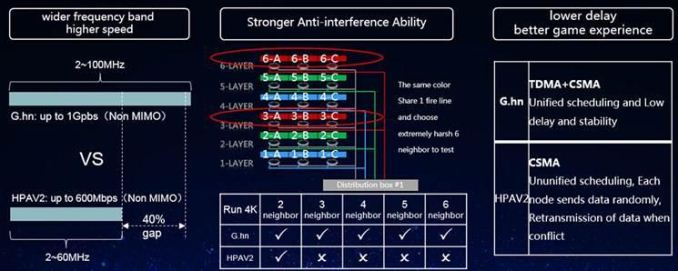
















Bookmarks